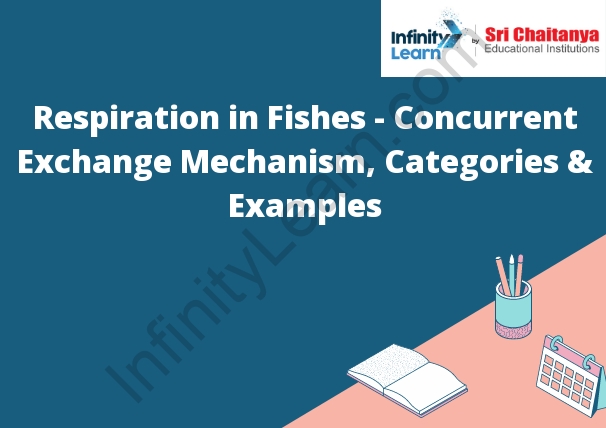Table of Contents
Fish; Concurrent Exchange Mechanism:
A concurrent exchange mechanism is a process in which two or more parties exchange goods or services simultaneously. This process can be used in a variety of settings, including business transactions, political negotiations, and international treaties. Respiration in Fishes – Concurrent Exchange Mechanism.
The main advantage of a concurrent exchange mechanism is that it can speed up the process of exchanging goods or services. This is because it eliminates the need for each party to wait for the other to complete their exchange. Additionally, it can help to ensure that each party receives what they are expecting.
There are a few potential drawbacks to using a concurrent exchange mechanism. First, it can be more complicated to orchestrate than a traditional exchange. Additionally, it can be more difficult to track the flow of goods and services if there are multiple parties involved. Finally, it is possible for one party to take advantage of the other if they are not careful.

Respiration in Bony Fish:
Bony fish have a two-chambered heart which pumps blood to and from the gills. The blood in the fish’s body is constantly being oxygenated in the gills and then circulated throughout the body. The heart has two atria and one ventricle. The ventricle is divided into two sections, one for receiving blood from the body and one for receiving blood from the gills. The blood from the body is high in carbon dioxide and low in oxygen, while the blood from the gills is high in oxygen and low in carbon dioxide. The two sections of the ventricle are separated by a septum.
Respiration in Lampreys and Hagfish:
Lampreys and Hagfish are the only living members of the class Agnatha. They are both primitive fish that lack jaws, scales, and paired fins. Lampreys have a long, eel-like body and a sucking disk on the top of their head that they use to attach to other fish and suck their blood. Hagfish are slimy fish with a long, eel-like body that they use to burrow through the mud on the ocean floor.
Both Lampreys and Hagfish rely on respiration through their skin to obtain oxygen from the water. They do not have lungs and cannot breathe air.
Respiration in Cartilaginous Fishes:
The respiratory system in cartilaginous fishes is very much different from that of other fishes. The gills are not enclosed in a bony operculum, and the blood vessels running through the gills are not enclosed in a cartilaginous sheath. The gills are supported by a number of cartilaginous arches, the most anterior of which is the maxillary arch. The operculum is reduced to a small, fleshy flap.
The respiratory system in cartilaginous fishes consists of the gills, the gill arches, and the gill rakers. The gills are thin sheets of tissue that are covered with a large number of small blood vessels. The gill arches are the bony or cartilaginous supports for the gills. The gill rakers are slender, horny projections that project from the front of the gill arches. They are used to filter food from the water.
How Do Some Fishes Respire Without Gills?
Some fishes respire without gills by taking oxygen directly from the air. This is possible because they have a special organ called a swim bladder. The swim bladder is a gas-filled organ that helps the fish stay upright in the water. The swim bladder can also be used to store oxygen. When the fish needs to breathe, it takes in oxygen from the air and stores it in the swim bladder.
Respiration in Fishes – Concurrent Exchange Mechanism.






